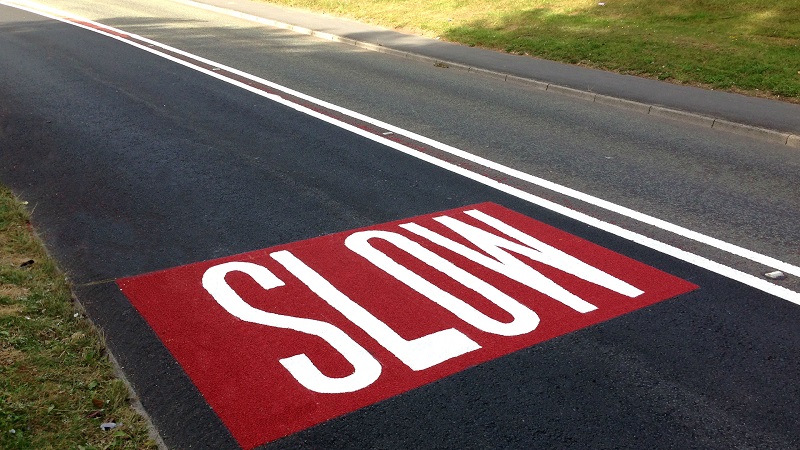The line marking we see while driving a car, waiting in traffic, or crossing a road is not simply drawn and painted out for any purpose or just to improve the looks of the road. Instead, these line markings serve multiple purposes and those are very crucial to serving an important role in traffic rules. They play an important part in the management of the traffic as well as the channelization of the traffic. Even if the regulations regarding the line markings are different in each nation, they all have the same goal which is to reduce the risk of collisions and holdups in traffic.

Roles or benefits of line marking on the road:
1. Correct direction: When you are stopped with your bike in traffic and are puzzled about which way to proceed, the line marking immediately comes in useful for providing the proper direction. They serve to separate the lanes of traffic, which helps to avoid confusion and mayhem. In addition, they help to keep order on the roadway and guide the movement of both vehicles and pedestrians.
2. Speed limit indicators: You can see some highways don’t have any indication for speed limit but they use line marking to indicate that. You just have to know the rule and know how to understand them. This is the case when no speed limit indicators are available across the streets. They are drawn in various lengths and widths in various nations, but regardless of these differences, they all serve the same objective, which is to bring the driver's attention to the required speed limit that must be maintained.
3. Prevents accidents. Line markings shield pedestrians from potential danger. When you are crossing a road or waiting in your ride for the signal to turn green, the line markings are used there to draw the zebra crossing and pedestrian crossing to indicate to the drivers that they need to slow down their vehicles whenever they see that type of line markings because people might be crossing the roads through those markings. The line markings additionally prevent the vehicles from colliding with one another when they are travelling in opposite lanes by accident. These road markings are highly reflective and visible, improving the safety, efficiency, and mobility of vehicles on streets and highways.
4. Give you specific information: Give you specific information regarding the directions. Imagine that you are travelling on roads that are foreign to you and that there is no internet connection available to assist you in navigating to the location that you want to go. The line markings will also indicate the direction you need to move in and the direction you need to take to stay on the correct path. They make travelling easier, reduce the likelihood of getting lost, and waste little time asking for directions. In addition to marking directions, they can also indicate diversions.
5. Use in the parking lot: Directing vehicles in the parking lot Line markings are not only used on roadways. They are also drawn in parking lots. This serves the purpose of guiding drivers in the parking lot. The lines drawn indicate where to park their cars and within the specified space meant through the line markings and avoid parking outside it to avoid traffic on the road or preventing other parked cars from taking their cars out of or taking them in at the specified space.
6. Cost-effective way to guide people on road: At the moment, line marking is recognized as the approach that is believed to be the most cost-effective in terms of maintaining drivers' attention on the roads. While on the road, specific guidelines must be adhered to at all times. This will assist in guiding the individuals who are worth everything.
Conclusion:
Apart from all these benefits, the use of line marking is beneficial for long-haul truck drivers who are on the road during the night. It makes the lanes and intersections more visible, which is especially helpful on regional routes that do not have stoplights. When it is safe to speed up or slow down on the roadway, drivers can make more accurate assessments on when to do so.







0 Comments